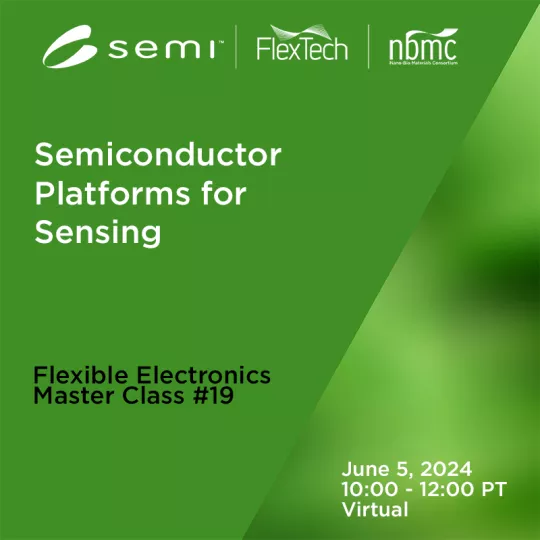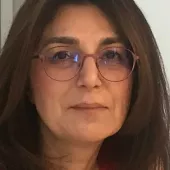June 5, 2024

This webinar features Dr. Craig Milroy of AFTL covering the growing need for electronic devices that can sense biochemical signals for precision medical bioanalytics and effective monitoring of biological systems.
Time
10:00 am - 12:00 pm
Location
Virtual, Online,
United States

There is a growing need for electronic devices that can sense biochemical signals for precision medical bioanalytics and effective monitoring of biological systems. Accurate measurements of ionic and biomolecular concentrations in chemical microenvironments are critical for a number of emerging areas that require a functional interface between electronics and biology. However, traditional biosensors operate with electronic charge carriers, while biological systems use ions and small molecules for signaling. Cellular biosensing requires chemical sensors that are small (to record at cellular-level), fast (to record on the release/reuptake time-scale), selective (to distinguish closely related biochemicals), and multiplexed (to record multiple processes simultaneously). To address this need, diverse research groups have explored the use of electrochemical transistors (ECT) for monitoring the concentration of important ions and biomolecules, both in vitro and in vivo. ECT comprise materials with mixed ionic/electronic conductivity (MIEC), and function through selective, reversible electrochemical doping of MIEC. The reversible doping capability allows sensitive detection of chemical species, because exposure to different analytes can have a strong and reversible impact on transistor performance. For this reason, OECT are excellent candidates for biochemical sensing, and can therefore measure ionic concentrations and convey signals via electronic and/or ionic charges.
This mini-course will describe the structure and function of electrochemical transistors, and present a number of applications of ECT for biosensing.
ABOUT THE SPEAKER
Dr. Craig Milroy is a National Research Council (NRC) Research Associate at the Air Force Research Laboratory (AFRL). He obtained a Ph.D. in Chemical Engineering from the University of Texas (Austin), and has a diverse research background in chemical and environmental engineering, electrochemistry, materials science, electroactive and conducting polymers, neural engineering, and regenerative medicine. Dr. Milroy received the National Research Council Postdoctoral Fellowship (NRC), funded by the National Academies of Science, Engineering, and Medicine, and joined Dr. Steve Kim’s Chemistry and Devices Laboratory (CDL) research group in the 711th Human Performance Wing at Wright Patterson Air Force Base in 2022. His NRC research seeks to develop ion- and neurotransmitter-specific electrochemical transistors (ECT) for direct stimulation and measurement of individual neurons and muscle cells, in collaboration with Dr. Tyler Nelson’s Organ-on-a-Chip research group. These bioinspired electrochemical synapses will provide a foundation for cell-ECT hybrid artificial neural networks, artificial neuromuscular junctions, and will establish ECT as a sensing platform for wearable physiological status monitoring.
Featured Speakers


Registration
SEMI Members: $49
Use your corporate email address during log in to be recognized as a SEMI Member.
Non-Members: $99
Students: Free
Contact Gity Samadi (gsamadi@semi.org) with a picture of your student ID to receive your discount code.
